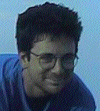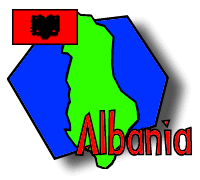Person of the Day: Kostas Sourloukas and Gazi Haxhia
Place of the Day: Greek-Albanian border
Tech Fact of the Day: pillbox bunkers
Group Dispatch, March 31

Questions? Ask Ethan ![]() !
!
Return to Fast Facts
 |
 |
 |
 |
 |
|
Itinerary/ Journal |
Discussions |
About Albania |
eDscape Projects |
Scrapbook |
|
|
|
|
|
|
|
Copyright 1997-99 BikeAbout. All rights reserved.
